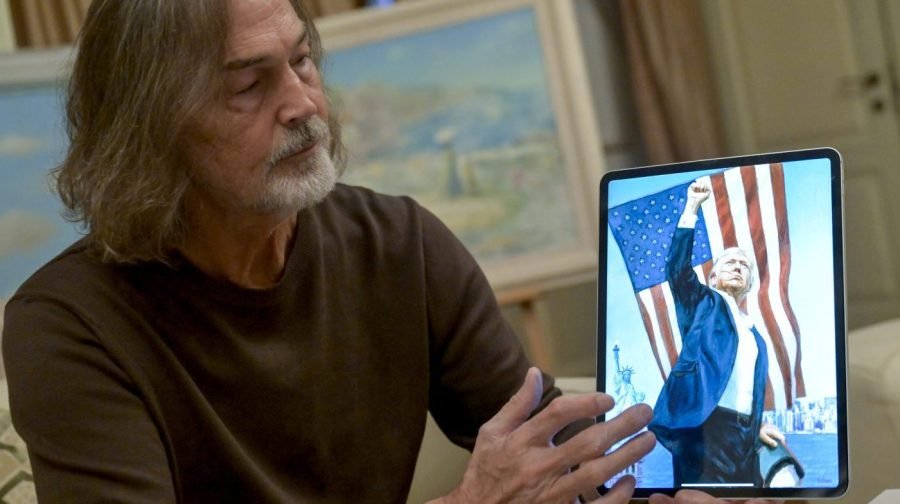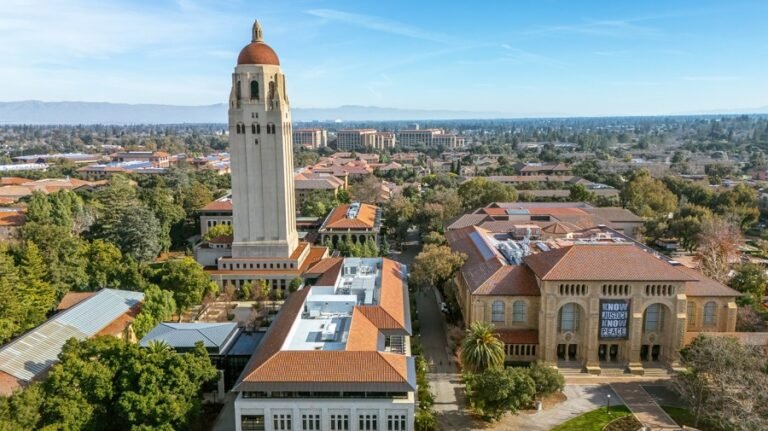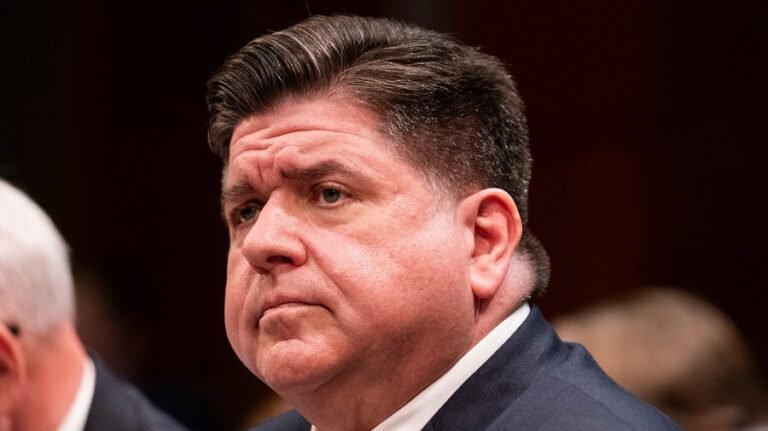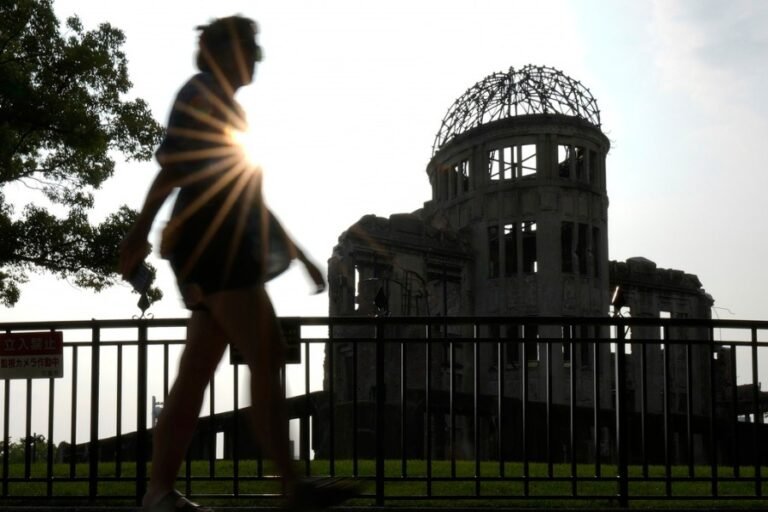
If a picture is worth a thousand words, then how much are paintings worth? Surely much more, as they also reveal the artist’s intentions and the subject’s self-image.
A case in point is the painting of President Trump that Vladimir Putin asked Steve Witkoff to give him in April. According to the New York real estate developer-turned-diplomatic globetrotter, it was “a beautiful portrait,” and Trump was “clearly touched by it.”
The artist is 69-year-old Nikas Safronov, celebrated as a People’s Artist of the Russian Federation, Honored Artist of Russia, Academician of the Russian Academy of Fine Arts, Professor of Ulyanovsk State University, honorary citizen of Ulyanovsk and honorary citizen of Baku.
Portraits are his specialty. A Russian source says he’s known as the “genius of kitsch,” a “Russian Casanova” and “our Salvador Dali.” I don’t know about the Casanova bit, but the first and third descriptions apply — only with the qualification that Safronov is an exceedingly poor Dali.
Perhaps I’m being too insensitive to Russian artistic tastes, but Safronov’s work most closely resembles the kind of paintings one encounters for sale in subway stations or parks: hyper-realistic celebrities with oversized heads and eyes, set against familiar backgrounds with easily recognizable monuments. Like a bad Dali, Safronov is a master of kitsch.
This says a lot about both Putin the giver and Trump the receiver. Putin’s love of pomp and taste for palatial dwellings suggest he has a soft spot for kitsch. Trump is no less enamored of bad taste, as the interiors of his apartments demonstrate.
Putin, in gifting Safronov’s portrait, presumably knew that Trump would appreciate it. He knew just how to play him — an unsurprising conclusion given how Putin has played Trump with respect to resolving the Russian war against Ukraine.
Let’s take a closer look at the portrait itself. It depicts a huge Trump immediately after the failed assassination attempt in Butler, Penn. The top of his right ear is bloodied, a streak of blood extends toward his mouth and his right fist is raised in defiance; his left hand, holding a MAGA cap, is at his side; his eyes peer into the distance. The peering bit is standard for portraits of dictators: whether Mao, Stalin or Hitler, they all look into the joyous future only they can see.
But it’s the background that makes the portrait an example par excellence of kitsch. For it depicts the Statue of Liberty, right arm raised a la Trump, parts of the New York and New Jersey skyline, and an enormous American flag.
The question that an observer might be tempted to ask: So, where exactly is Trump standing in this image? Safronov, the honorary citizen of distant Ulyanovsk and Baku, may be forgiven for his ignorance of New York and New Jersey geography, but Trump could only have been found in this position while standing on the Staten Island ferry as it sails across New York harbor. But why, then, would he be bloodied if he’s on a ferry? It is in the nature of kitsch to overdo symbolism and combine things that cannot be combined.
But the really weird thing about the painting is the American flag, which, as we all know, consists of 50 stars. Safronov’s consists of 45. Is that a sign of innumeracy, or an instance of poetic license? Worse, the flag is depicted backwards: the stars are usually in the upper left-hand corner; in Safronov’s version they are in the lower left-hand corner and the flag is pointing downward. Is Safronov sending Trump a political message about America’s decline? And has Trump noticed that, through oversight or intent, he and his country have been dissed?
Safronov told CNN that “It was important to me to show the blood, the scar and his bravery during the attempt on his life. He didn’t break down or become afraid, but raised his arm to show he is one with America and will bring back what it deserves.” And what, pray tell, does America deserve? Safronov seems to suggest it is Trump.
The important point is that the portrait that appeals so much to Trump and Putin is standard authoritarian kitsch. Why dictators have a thing for ridiculous poses in unlikely settings is a topic for another column. But both Trump and Putin fit that mold — which may say something about the uncertain state of democracy in America and its complete absence from Russia.
Alexander J. Motyl is a professor of political science at Rutgers University-Newark. A specialist on Ukraine, Russia and the USSR, and on nationalism, revolutions, empires and theory, he is the author of 10 books of nonfiction, as well as “Imperial Ends: The Decay, Collapse, and Revival of Empires” and “Why Empires Reemerge: Imperial Collapse and Imperial Revival in Comparative Perspective.”


